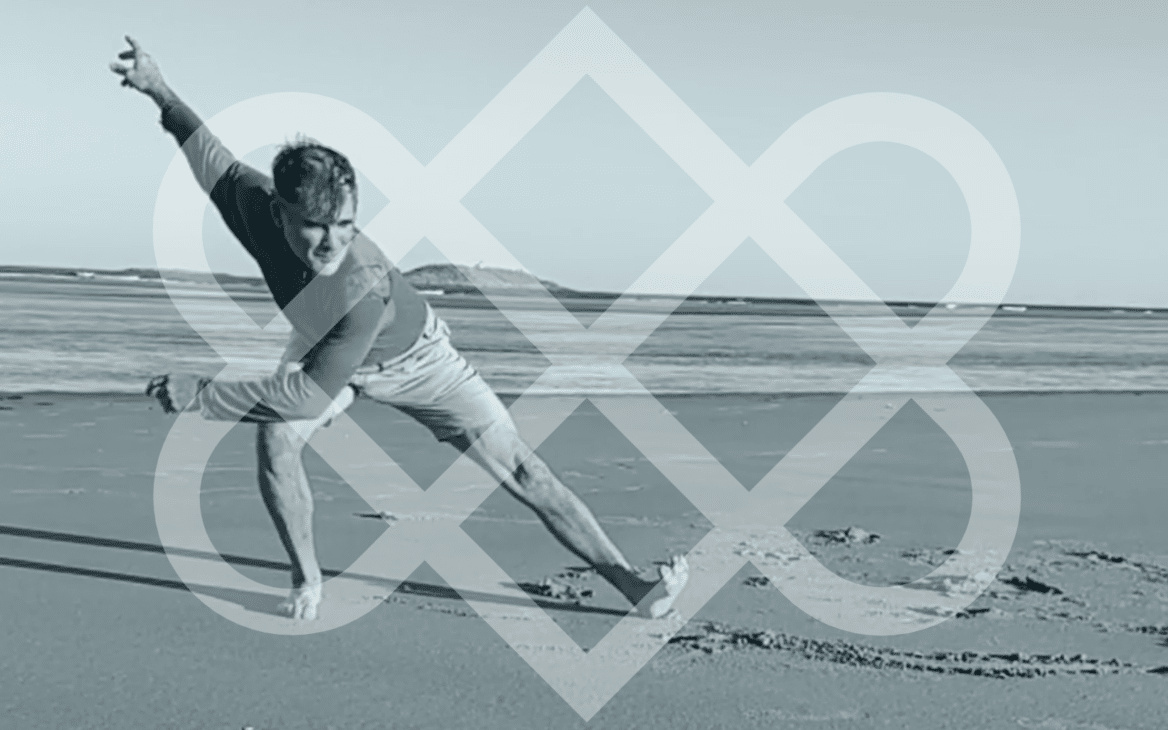As people age, the vata dosha becomes more pronounced and bones lose their strength and resiliency. SATYA is an excellent antidote to vata dosha imbalance as the practice is almost entirely done on the ground. By “dropping the bones” SATYA supports kapha dosha, hydrating and lubricating the joints and surrounding cartilage. Over time, especially in women, bones become brittle and cannot sustain the body’s weight. Worldwide, 1 in 3 women over age 50 will experience osteoporotic fractures. This is evident in post menopausal women when levels of estrogen drop. Estrogen protects bone density and some women lose up to 25% of their bone mass in the first 10 years after menopause. Osteoporosis is called the “silent disease” as the deterioration of bone is not immediatley evident. However, in women 45 years of age osteoporosis accounts for more visits to the hospital than any other disease, including diabetes, heart disease and breast cancer.*
In SATYA we increase mobility of the joint together with its articulating cartilage, tendon, periosteum and synovial fluid. When joints lose their ROM, synovial fluid (synovium means “egg-like”) is diminished and people are prone to osteopenia, osteoporosis and osteoarthritis. SATYA helps lubricate synovial fluid within the joint, supporting its elasticity and viscosity. Following SATYA practice, it is important to do a few standing poses to positively stress the bone via weight bearing. This will help stabilize the soft tissues around the joint while increasing load bearing forces into the boney tissue.
* Source: The Denver Spine and Pain Institute



